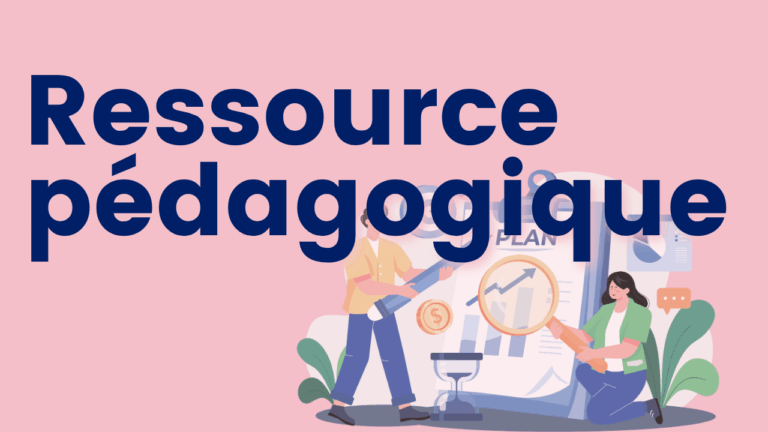Cartes pour l’évaluation des graphèmes
Ce document contient 8 pages. Les instructions se trouvent à la première page.Les cartes avec les graphèmes servent à faire l’évaluation des correspondances graphème-phonèmes ainsi qu’à en faire l’enseignement. Veuillez noter: « *le petit « 2 » sur certaines cartes sert à indiquer que le graphème de cette carte fait deux sons différents. Les deux sons sont indiqués sur la fiche d’évaluation des correspondances graphème-phonème » (Élisabeth Beaulieu).



